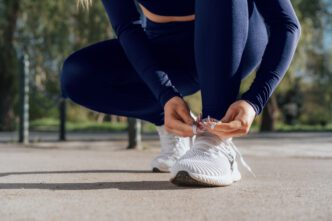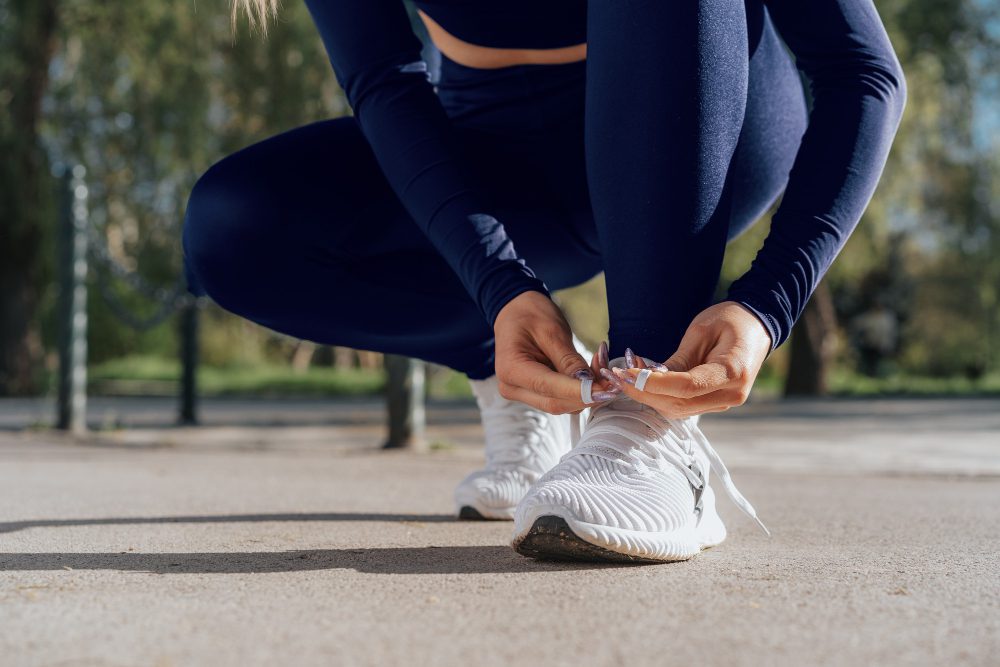A Quick Takeaway
The Story Behind the Trend
How to Make It Work for You
The Community View
The conversation around minimalist shoes, often touted as a return to our natural gait, has gained significant traction, promising everything from stronger feet to improved running form. For active individuals, especially in vibrant, health-conscious cities like Miami where walking and running are daily rituals, understanding the true impact of these shoes is paramount. This article delves into what minimalist footwear entails, its potential benefits and risks, and how to navigate the transition safely, providing a comprehensive guide for anyone considering stepping “beyond barefoot” into this footwear philosophy.
What Are Minimalist Shoes?
Minimalist shoes are designed to mimic the experience of walking or running barefoot, offering minimal interference with the foot’s natural mechanics. They typically feature several key characteristics that differentiate them from traditional athletic footwear. These include a “zero-drop” sole, meaning the heel and forefoot are at the same height, promoting a more natural midfoot or forefoot strike.
Additionally, minimalist shoes boast a thin, flexible sole that allows the foot to bend and flex more freely, enhancing ground feel and proprioception. They also feature a wide toe box, which permits the toes to splay naturally, providing better balance and stability. Crucially, they offer little to no arch support or cushioning, challenging the foot’s intrinsic muscles to work harder and adapt.
The Philosophy Behind Barefoot Movement
The appeal of minimalist footwear stems from the belief that modern, heavily cushioned shoes have weakened our feet and altered our natural gait. Proponents argue that by removing the protective and supportive elements, minimalist shoes encourage the foot to function as nature intended. This approach aims to strengthen the muscles, tendons, and ligaments in the foot and ankle.
By allowing the foot to feel the ground more acutely, minimalist shoes can also enhance proprioception, which is our body’s sense of its position in space. This improved sensory feedback can lead to better balance and more efficient movement patterns. The shift away from heel striking, often encouraged by traditional shoes, to a midfoot or forefoot strike is also a core tenet, believed to reduce impact forces on joints.
The Science: Benefits and Risks
Research into minimalist footwear offers a mixed but evolving picture of its effects. Studies suggest that transitioning to minimalist shoes can lead to significant increases in foot muscle strength and arch stiffness, crucial for stability and shock absorption. This strengthening can potentially reduce the risk of certain injuries and improve overall foot health over time.
However, the transition is not without its risks, especially if undertaken too quickly or without proper guidance. The sudden increase in workload on previously underutilized foot and calf muscles can lead to injuries such as plantar fasciitis, Achilles tendinopathy, or metatarsal stress fractures. The lack of cushioning also means less protection against sharp objects or uneven terrain, a practical consideration in varied environments like Miami’s urban landscapes and natural trails.
Potential Benefits
-
Strengthened Foot Muscles: Encourages the intrinsic foot muscles to work harder, leading to greater strength and resilience.
-
Improved Proprioception: Enhanced ground feel can improve balance and body awareness.
-
More Natural Gait: Promotes a midfoot or forefoot strike, which some argue is more efficient and reduces impact on joints.
-
Better Toe Splay: A wider toe box allows toes to spread naturally, improving stability.
Potential Risks
-
Increased Injury Risk: Abrupt transition can lead to stress fractures, plantar fasciitis, or Achilles issues due to unaccustomed stress.
-
Lack of Protection: Minimal sole offers less protection from sharp objects, hot surfaces, or rough terrain.
-
Not for Everyone: Individuals with certain foot conditions or biomechanical issues may not benefit and could experience discomfort.
The Crucial Transition: Slow and Steady Wins the Race
The most critical aspect of adopting minimalist footwear is the transition period, which should be gradual and patient. Experts recommend starting with very short periods of wear, perhaps just 15-30 minutes a day, and slowly increasing the duration and intensity over weeks or even months. This allows the feet, ankles, and lower legs to adapt and strengthen progressively.
During this phase, it’s beneficial to incorporate specific foot and ankle strengthening exercises, such as toe splay exercises, calf raises, and arch lifts. Listening to your body is paramount; any persistent pain or discomfort is a sign to slow down or revert to more supportive footwear. This isn’t a race, but a re-education of your feet.
Tips for a Successful Transition
-
Start Small: Begin by wearing minimalist shoes for short walks around the house or for brief errands.
-
Alternate Footwear: Don’t ditch your traditional shoes immediately. Alternate between minimalist and conventional shoes.
-
Focus on Form: Pay attention to your gait. Aim for a lighter, quicker cadence and a midfoot strike, avoiding heavy heel strikes.
-
Strengthen Your Feet: Incorporate exercises like toe curls, calf raises, and single-leg balance work.
-
Listen to Your Body: Any sharp pain or discomfort means you’re doing too much too soon. Rest and reduce your minimalist shoe wear time.
Minimalist Shoes in Miami: Local Considerations
Miami’s unique environment presents both opportunities and challenges for minimalist shoe wearers. The city’s active outdoor culture, from beach runs to urban strolls along the Venetian Causeway, makes natural movement appealing. However, the warm climate means hot pavements, and diverse surfaces ranging from soft sand to hard concrete require careful consideration.
When selecting minimalist shoes in Miami, consider options that offer good ventilation to combat heat and humidity. For beach activities, water-friendly minimalist sandals or shoes can be ideal. For urban running, while the ground feel is beneficial, be mindful of potential debris and the unforgiving nature of concrete, especially during the initial transition phase. Always prioritize foot health and protection over strict adherence to the barefoot ideal, particularly in environments where hazards are present.
Beyond the Sole: Comprehensive Foot Health
Adopting minimalist footwear is just one piece of the puzzle when it comes to comprehensive foot health. Regardless of your shoe choice, regular foot care, including stretching, strengthening, and proper hygiene, is essential. Consider incorporating practices like rolling your feet with a tennis ball or specific yoga poses designed to enhance foot flexibility and strength.
Understanding your own foot mechanics and consulting with a podiatrist or physical therapist can provide invaluable insights before making a significant shift in footwear. They can assess your gait, identify any underlying issues, and offer personalized advice to ensure your journey to healthier, stronger feet is safe and effective.
Embracing Natural Movement Wisely
Minimalist shoes offer an intriguing path to potentially stronger, more resilient feet and a more natural way of moving. However, they are not a magic bullet and require a thoughtful, gradual approach. For the active residents of Miami and beyond, unmasking the truth about minimalist shoes means understanding their design, appreciating their potential benefits, acknowledging their risks, and committing to a slow, mindful transition. By doing so, you can truly step “beyond barefoot” into a world of enhanced foot health and natural movement, safely and sustainably.







